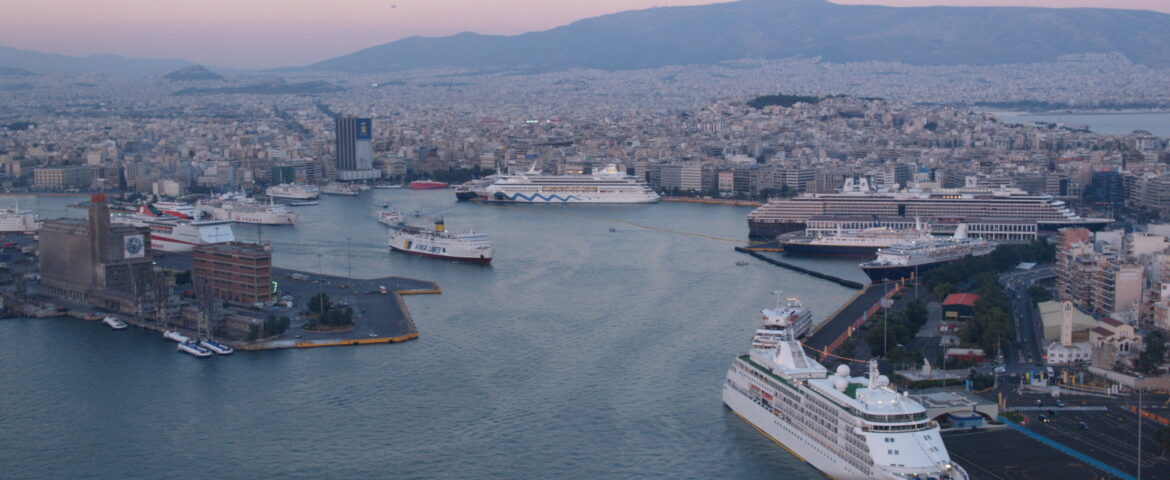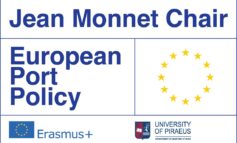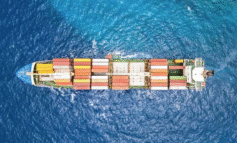The Meditteranean and its adjoining seas have transformed to a multi-port cruise region hosting several millions of passenger movements, with the intra-region dynamics remaining unexplored. In their latest study, PortEconomics co-director Thanos Pallis along with Kleopatra Arapi (University of the Aegean), generates knowledge on the patterns, structures, and growth geography in the second biggest cruise port in the last decade (2005-2014).
 The analysis of the passenger movements data provided by 69 cruise ports detail the port hierarchy and the transformation of the region under examination from a cluster of port destinations hosting a certain thousands of cruise passengers to a multi-port cruise region accommodating several millions of passenger movements. The adapted cruise world application of the ‘multi-port region’ concept, originally developed in cargo port studies, extends research to intra-region dynamics and reveals previously unexplored imbalances that co-exist with the overall growth of a commonly seen single cruise region.
The analysis of the passenger movements data provided by 69 cruise ports detail the port hierarchy and the transformation of the region under examination from a cluster of port destinations hosting a certain thousands of cruise passengers to a multi-port cruise region accommodating several millions of passenger movements. The adapted cruise world application of the ‘multi-port region’ concept, originally developed in cargo port studies, extends research to intra-region dynamics and reveals previously unexplored imbalances that co-exist with the overall growth of a commonly seen single cruise region.
The picture completes by the examination of the trends in the major 20 cruise ports in the Med, and the levels of market concentration. The findings call for similar analyses, and not least comparisons, with other regions. With Asia appearing in the strategies of cruise lines as a deployment region and a source market, and the Med experiencing volatile trends, they are also practically helpful for those involved in the making and development of cruise ports.
The port study was presented during International Association of Maritime Economists Annual Conference (IAME2015), held in 24-26 August in Kuala Lumpur, Malaysia.
You may download the paper and the associated presentation @ PortEconomics.












